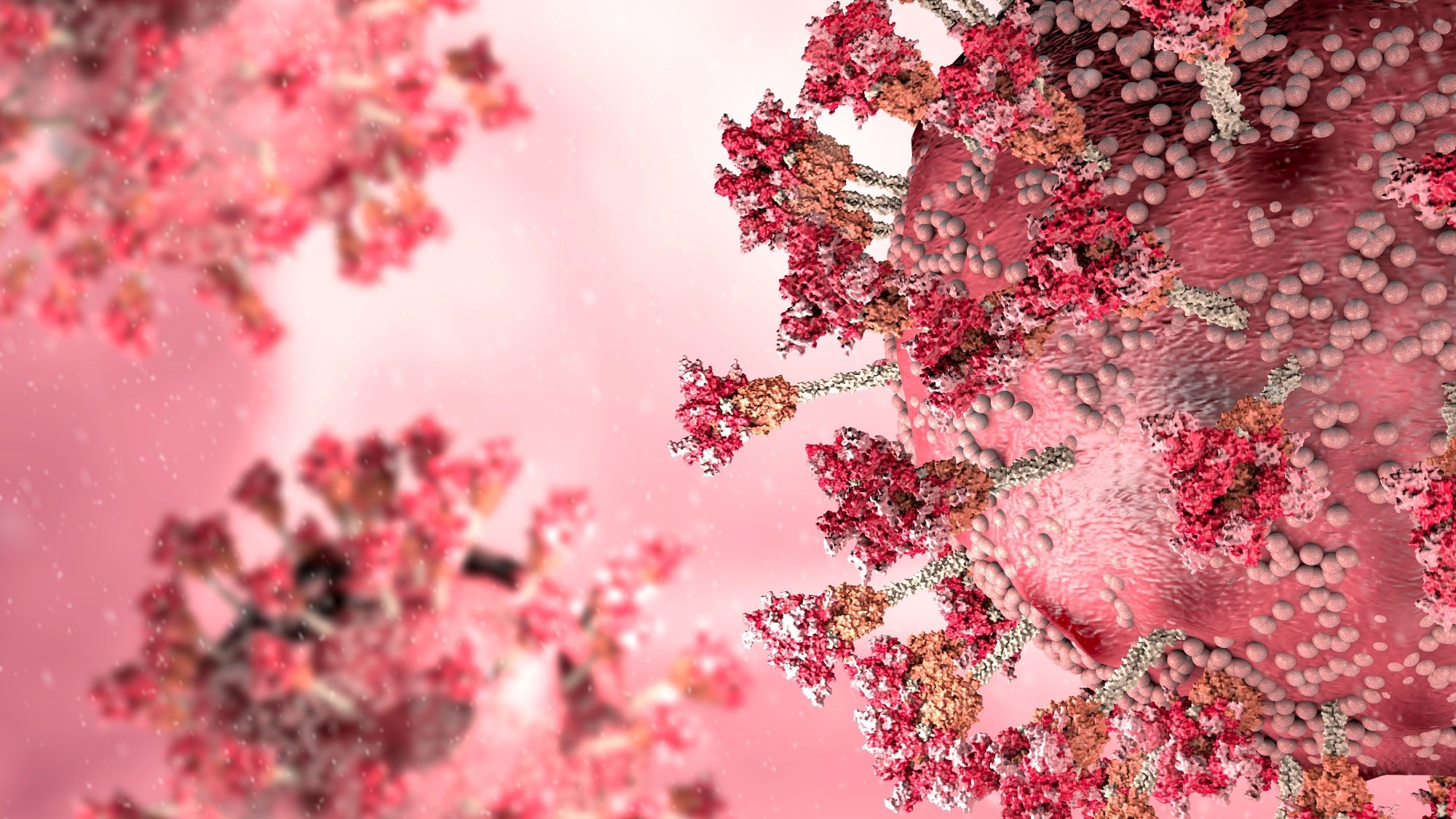In a recent study posted to the bioRxiv* preprint server, researchers at Beth Israel Deaconess Medical Center and Los Alamos National Laboratory pursued immunological evidence of why BQ.1.1 prevalence swiftly increased in areas where Omicron BA.5 was dominant in the United States (US).
 Study: Substantial Neutralization Escape by the SARS-CoV-2 Omicron Variant BQ.1.1. Image Credit: Naeblys/Shutterstock
Study: Substantial Neutralization Escape by the SARS-CoV-2 Omicron Variant BQ.1.1. Image Credit: Naeblys/Shutterstock

 This news article was a review of a preliminary scientific report that had not undergone peer-review at the time of publication. Since its initial publication, the scientific report has now been peer reviewed and accepted for publication in a Scientific Journal. Links to the preliminary and peer-reviewed reports are available in the Sources section at the bottom of this article. View Sources
This news article was a review of a preliminary scientific report that had not undergone peer-review at the time of publication. Since its initial publication, the scientific report has now been peer reviewed and accepted for publication in a Scientific Journal. Links to the preliminary and peer-reviewed reports are available in the Sources section at the bottom of this article. View Sources
Background
Omicron BQ.1.1 cases increased rapidly in the US, and Omicron BA.5 cases declined to less than half of what they were not long ago, when Omicron BA.5 was the dominant SARS-CoV-2 variant. Therefore, it is crucial to determine how BQ.1.1 is able to evade neutralizing antibodies (nAbs) induced by Coronavirus disease 2019 (COVID-19) vaccination and SARS-CoV-2 infection.
About the study
In the present study, researchers assessed nAb titers in 16 individuals who were vaccinated and boosted with the monovalent mRNA BNT162b2 vaccine in 2021. Next, they evaluated nAb titers in 15 individuals who received the monovalent mRNA boosters in 2022. Additionally, they evaluated 18 bivalent mRNA booster recipients, most of whom received three vaccine doses, although some had also received two or four COVID-19 vaccine doses.
Study findings
Following the monovalent BNT162b2 boost, median nAb titers to WA1/2020, BA.5, BF.7, BA.2.75.2, and BQ.1.1 were 45, 695, 887, 595, 387, and 261, respectively. The authors noted that the median nAb titers against BQ.1.1 were much diminished than the median nAb titers against WA1/2020 and BA.5 by factors of 175 and 3, respectively.
Compared to the uninfected 2021 cohort, most were likely infected in these cohorts, although the documented rates for SARS-CoV-2 Omicron infections were as low as 33%. Also, WA1/2020 and Omicron nAb titers were higher in the two 2022 cohorts even before boosting. After boosting, their median NAb titers to WA1/2020, BA.5, BF.7, BA.2.75.2, and BQ.1.1 were 40, 515, 3693, 2399, 883, and 508, respectively.
Conclusions
The study results showed that compared to BA.5, both BA.2.75.2 and BQ.1.1 escaped nAbs-elicited by prior infection and vaccination more effectively. However, the effect was most pronounced for BQ.1.1, whose nAb titers were lower than BA.5 by a factor of seven across study cohorts.
These findings present an immunological explanation for the prompt surge in BQ.1.1 prevalence in regions where BA.5 was dominant in the US, which has implications for both vaccine and natural immunity. Also, it puts into perspective how the presence of the R346T mutation in multiple new Omicron subvariants is likely a consequence of convergent evolution.

 This news article was a review of a preliminary scientific report that had not undergone peer-review at the time of publication. Since its initial publication, the scientific report has now been peer reviewed and accepted for publication in a Scientific Journal. Links to the preliminary and peer-reviewed reports are available in the Sources section at the bottom of this article. View Sources
This news article was a review of a preliminary scientific report that had not undergone peer-review at the time of publication. Since its initial publication, the scientific report has now been peer reviewed and accepted for publication in a Scientific Journal. Links to the preliminary and peer-reviewed reports are available in the Sources section at the bottom of this article. View Sources
Journal references:
- Preliminary scientific report.
Jessica Miller, Nicole Hachmann, Ai-ris Collier, Ninaad Lasrado, Camille Mazurek, Robert Patio, Olivia Powers, Nehalee Surve, James Theiler, Bette Korber, Dan H. Barouch. (2022). Substantial Neutralization Escape by the SARS-CoV-2 Omicron Variant BQ.1.1. bioRxiv. doi: https://doi.org/10.1101/2022.11.01.514722 https://www.biorxiv.org/content/10.1101/2022.11.01.514722v1
- Peer reviewed and published scientific report.
Miller, Jessica, Nicole P. Hachmann, Ai-ris Y. Collier, Ninaad Lasrado, Camille R. Mazurek, Robert C. Patio, Olivia Powers, et al. 2023. “Substantial Neutralization Escape by SARS-CoV-2 Omicron Variants BQ.1.1 and XBB.1.” New England Journal of Medicine, January. https://doi.org/10.1056/nejmc2214314, https://www.nejm.org/doi/full/10.1056/NEJMc2214314